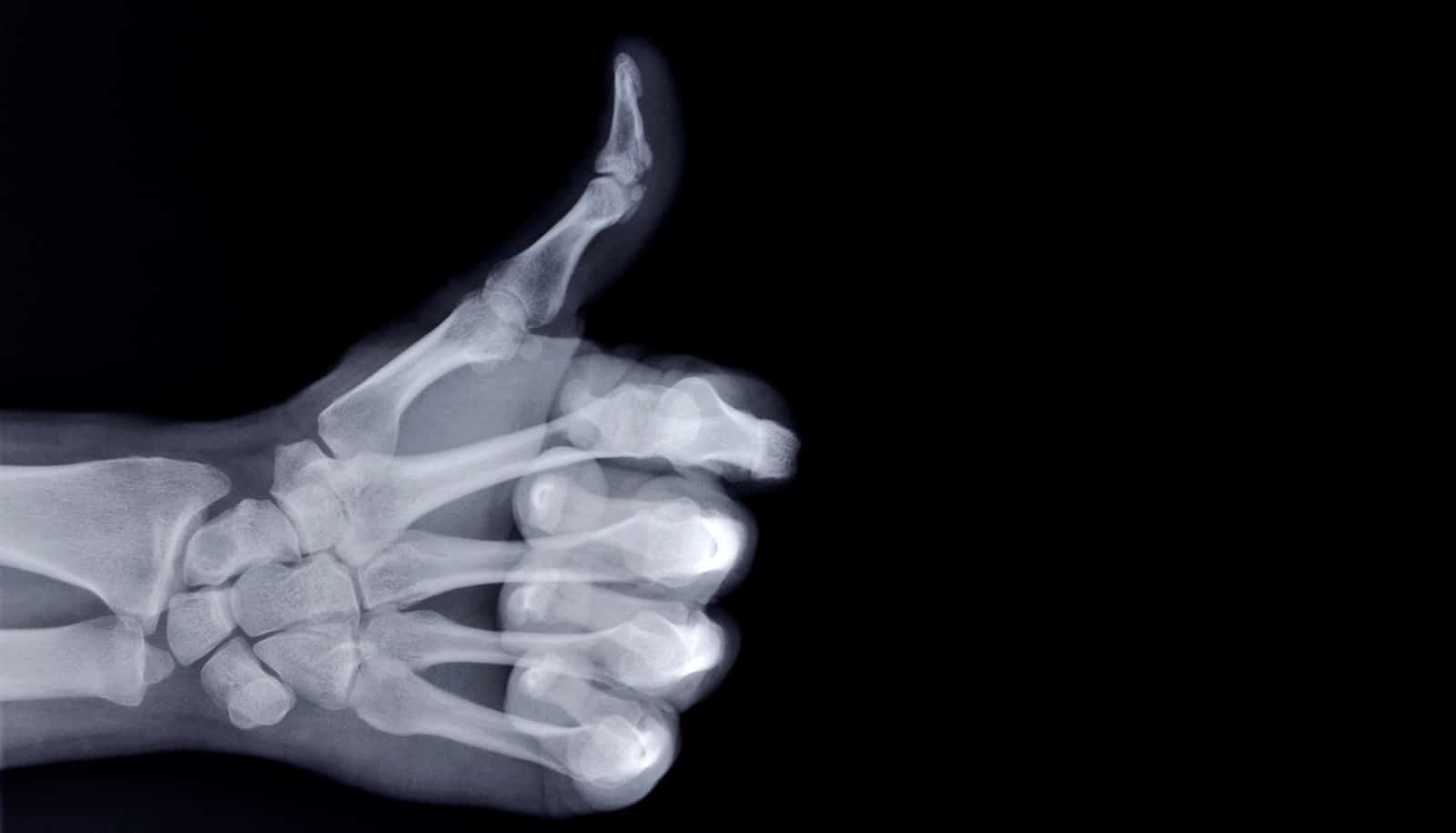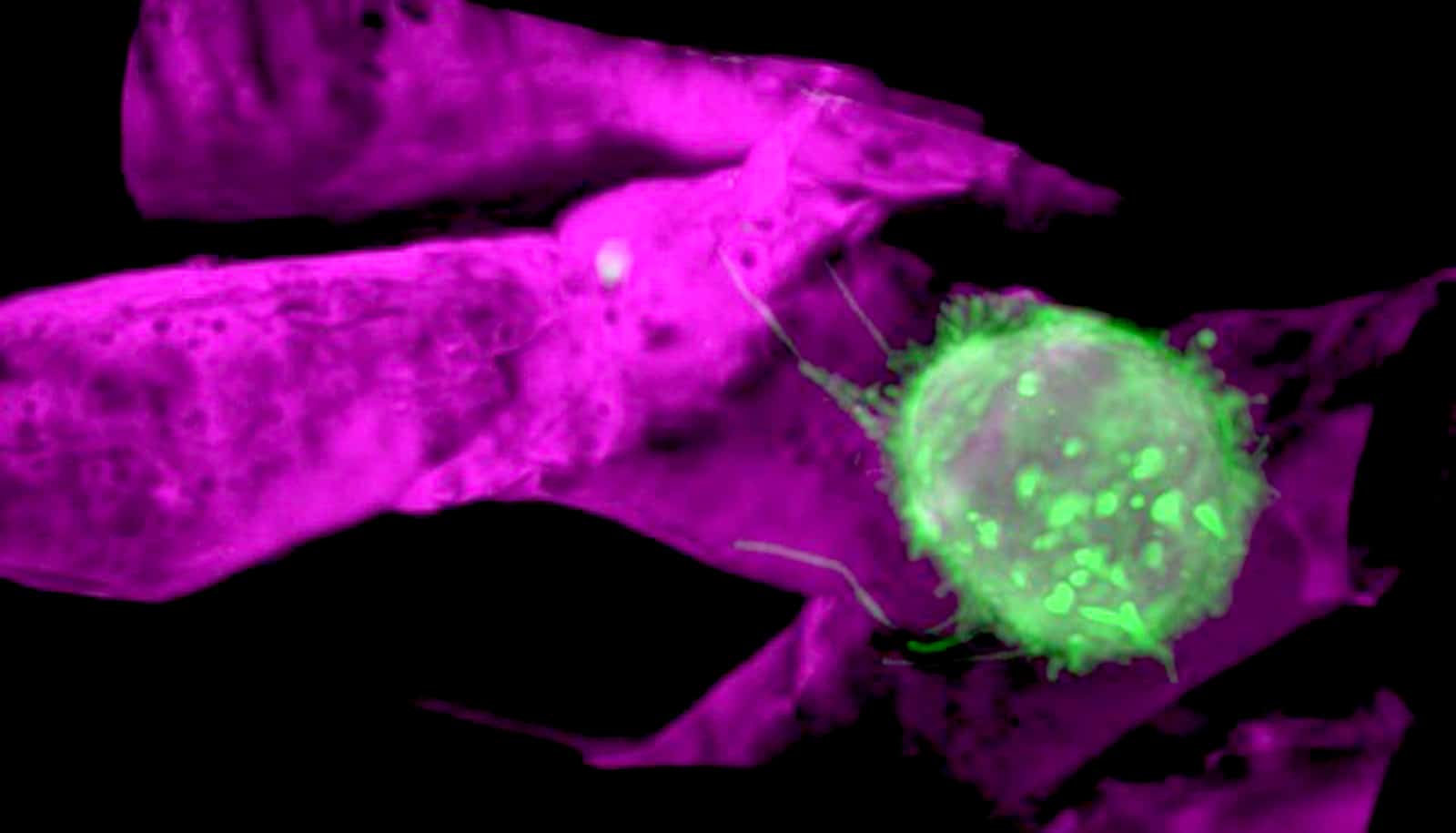Researchers have developed a highly-sensitive kind of X-ray flat panel detector using cheaper materials than current detectors.
Since the 1890s, X-ray imaging technology has been widely used for many applications, including medical diagnostics, homeland security, national defense, advanced manufacturing, nuclear technology, and environmental monitoring.
Modern X-ray imaging uses scintillator materials as photodetectors to convert the high-energy X-rays into visible light. Most of these scintillator materials use expensive inorganic crystals, which grow at high temperatures. Apart from the cost, these materials usually have a low radioluminescence yield (poor X-ray ionization to light emission conversion efficiency).
Now, researchers have discovered that lead halide perovskite nanocrystals are highly sensitive to X-ray irradiation and can detect small doses of X-ray photons, converting them into visible light. Researchers can adjust the color of the light emission from these nanocrystals by varying the material composition of the perovskite nanocrystal.
Conventional scintillators are usually produced using a solid-growth method at high temperatures. This makes it difficult to fabricate thin large uniform scintillator films. Unlike other scintillators made from inorganic crystals, the new perovskite nanocrystals are solution processable (can be made with comparatively inexpensive processes) at a relatively low temperature.
Using the nanocrystals, the researchers have developed X-ray detectors with a detection limit that is about 400 times lower than the typical radiation dose medical diagnostics use.
They are also highly sensitive to X-rays and easily detected using a camera. This means that they could serve as a convenient visualization tool for X-ray radiography, in which the associated image can be directly recorded using low-cost, widely accessible digital cameras. This capability is not possible for conventional bulky scintillators, in which coherent scattering can occur and cause scintillation light loss.
By incorporating these nanocrystal scintillators into commercial flat-panel X-ray imagers, the team also demonstrated their potential for examining the internal structures of electronic circuit boards. Although industry currently uses X-rays, perovskite nanocrystals could potentially offer a lower cost X-ray imaging technology with higher sensitivity, researchers say.
“The discovery of perovskite nanocrystal scintillators has significant implications for many fields of research and could lead to new industrial applications,” says Liu Xiaogang from the chemistry department at the National University of Singapore. “For example, low-cost, high-sensitivity X-ray imaging systems can potentially lower medical expenses and reduce the radiation risk to patients.”
The research appears in Nature.
Source: National University of Singapore



